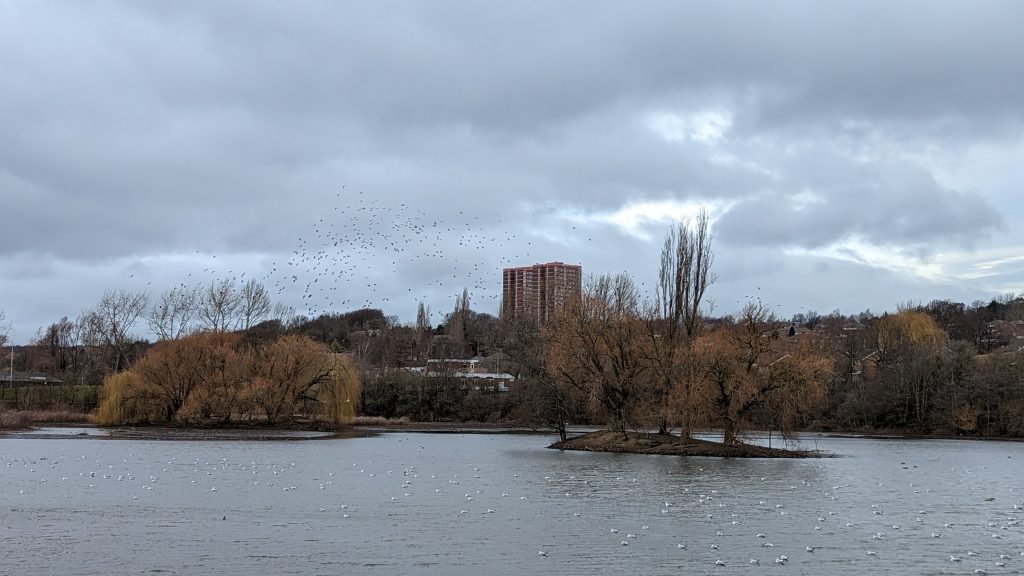Protecting our Urban Wildlife: Lessons Learned from Wortley Beck
When Christmas break came to its untimely end this January, I’d be lying if I said I wasn’t dreading the return of 6 am wake-ups and crowded bus rides. The dread quickly turned into excitement when I checked my university timetable and realised that my first day back would be spent enjoying a stroll around Wortley Beck – an urban green space in west Leeds.

Once we had arrived, small teams were formed, each with the goal of creating a comprehensive habitat management proposal for the unique ecosystems of Wortley Beck and Farnley Reservoir. We were tasked with working as a team to determine how the area can be improved for the benefit of both biodiversity and the local community.
Listening to each group present their proposals a few weeks later taught me a lot about the different focuses and methods that people with the same aim – nature conservation – can have. Here are some of my main learnings:
1. Conservation starts with education
Without taking the time to inform the public of the reasons behind changes being made and the benefits that they will pose to the local community and wildlife alike, we can’t expect much in terms of acceptance and cooperation.
Adding signage to explain the importance of deadwood as a habitat for invertebrates or the benefits of low-intensity mowing regimes to pollinators, and the positive impact that these both have on urban bird populations, can make a serious difference to the public’s obsession with “tidiness”. Even more importantly, making focused efforts to start conservation education at the primary school level – targeting both children and teachers alike – will improve green space appreciation and perception in future generations.
2. Be prepared for every outcome
The necessity to examine every decision from all angles before implementation, including our own, is vital. No matter your intentions, results are unpredictable and often undesired. Introduced species may quickly reach extirpation; invasive species may continue to spread regardless of efforts; new infrastructure may be vandalised within a week of installation.
A perfectly-implemented management plan is a near-impossible feat but having the foresight to anticipate issues before they happen can make all the difference regarding the longevity of the site (and your sanity).

3. Embrace change
As touched upon in my last post about the effects of climate change on Kilnsea Wetlands – sometimes, doing nothing is the best course of action. In our efforts to preserve a site and delay change, we may unknowingly hinder the natural evolution of ecosystems. With climate change and land use change continuously impacting the global landscape, it’s crucial to find new ways to conserve our wild spaces and embrace change.
By adapting our conservation approaches and being open to the evolution of nature, we can ensure the resilience and sustainability of our urban wildlife habitats.

One of the main issues we came across on this site visit was the amount of litter present throughout. The closer we got to McDonald’s, the more litter appeared. Until more bins are added to urban green spaces (and even after this as it likely won’t solve the problem 100%), I encourage those capable of doing so to join a local litter-picking event or to become one of Britain’s #LitterHeroes!